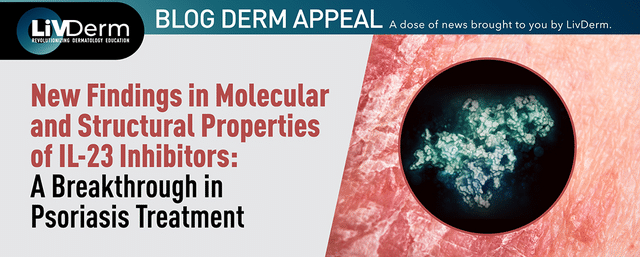Skin cancer remains the most prevalent type of cancer affecting the U.S. population, affecting more than three million Americans per year. While raised awareness of the condition and advancements in technology have lifted survival rates, the vast majority of skin cancer deaths still stem from melanoma which can be difficult to detect in its early stages. Current research efforts aim to aid physicians in early detection of cancerous cells and improve present screening methods. This may soon be made possible through the implementation of a new laser device with the potential to detect tumor cells in the bloodstream, according to new research from the University of Arkansas for Medical Sciences.
Published last month, a study led by biomedical engineer Dr. Vladimir Zharov implicates promising results for early detection of cancerous cells in the bloodstream. Previously used methods of detecting circulating cancer cells rely on the blood drawn from a patient however, they often cannot identify the few cells released by early cancers and do not work efficiently for melanoma diagnoses. The team of researchers revealed that a laser-based device can be trained to detect scarce tumor cells coursing through the bloodstream, making it a potentially efficacious strategy for melanoma screening and treatment as well as monitoring the effectiveness of administered treatments on curbing original tumor spread.
Detection of Circulating Tumor Cells
Dr. Zharov and colleagues aimed to uncover an alternative to conventional methods of detection, eliminating issues with limited sensitivity and chance of error. Through the development of a photoacoustic device for use directly in patients with melanoma, researchers were able to detect low numbers of CTCs in vivo and destroy them with laser pulses. The device, called a “Cytophone”, was able to penetrate a few millimeters into near-surface blood vessels to monitor circulating abnormal cells and other disease-associated biomarkers.
During the study, the Cytophone was focused on a patient’s hand for a few seconds to an hour searching for signals of irregularity. The device detected no CTCs in 19 healthy patients, and correctly identified 27 out of 28 melanoma patients. However, only three individuals with early-stage melanoma were examined, suggesting further research needs to be conducted on a larger cohort to determine the device’s efficacy at early detection.
The Cytophone and Early Detection
Findings revealed the Cytophone to be a promising technology with its ability to identify a single circulating cancer cell in 1 liter of blood, making it 1000 times more sensitive than other detection methods. Even if tumors are not identifiable on the skin or have been surgically removed, the Cytophone has the capacity to detect CTCs and destroy them without harming the surrounding cells. Additionally, researchers found it may be able to detect small blood clots which have the potential to expand and kill a cancer patient.
In the first demonstration of noninvasive detection of circulating cancer cells directly in the bloodstream, Dr. Zharov and his team discovered the potential to decrease levels of circulating cancer cells through the laser-based technology. Turning the device to a higher yet still safe energy level revealed lower CTC levels in patients, implicating its ability to destroy cancerous cells and prevent metastasis.
However, it is unlikely that the device would be able to completely eradicate cancers although it may prove useful as an adjunct cancer therapy. The Cytophone could be used to enhance the effects of anticancer drugs or to measure their efficacy by monitoring CTC levels, according to Dr. Zharov. Off-label uses may include the detection of sickle cells, detection of clots to prevent stroke, and the selection of appropriate medications through monitoring of disease-associated markers. Further investigation may reveal the Cytophone’s ability to detect other types of cancer as well, however, it currently remains in its preliminary stages.
Dr. Zharov and his team are currently developing robust, wearable versions of the Cytophone to be made available to cancer clinics across the nation in order to conduct a large-scale, multi-center clinical trial. Their goal is to determine whether Cytophone-based diagnosis and the destruction of CTCs can be an effective treatment method on its own or in conjunction with conventional therapies. However, these recent findings show promising results for new technologies aiming to optimize melanoma screening and monitoring, making it more efficacious and facile to diagnose patients and improve health outcomes.
















